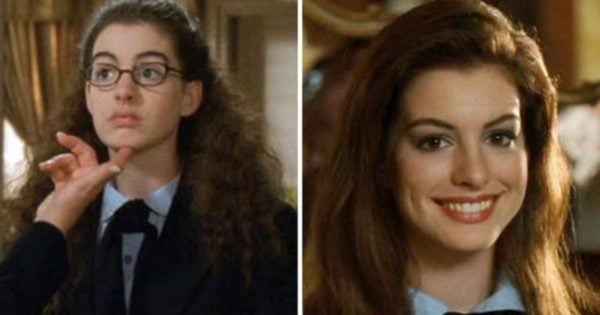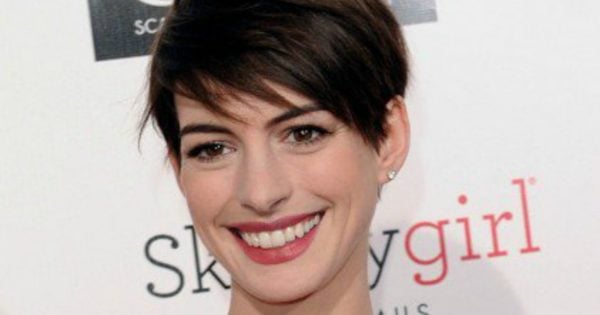My first perception of Anne Hathaway was a simple one.
She was an all-American girl. A prodigy of the entertainment business, complete with infinite pearly white grins and an aura of determined innocence.
Here was a girl who followed the rules; who carefully walked between the lines of what it means to be a good girl, one who smiled when the cameras told her to.
She was our ugly-duckling-turned-swan, our Princess of Genovia. The one who went from goofy and curly-haired to straight-haired and charismatic.
Her iconic transformation on The Princess Dairies said far more than it intended – as Hathaway’s hair straightened, so too did her personality. After all, the only mode of survival as a woman in Hollywood is to nod and smile. Words are discouraged, opinions like poison.



